Main menu functions overview
-
Stelos 800 L
Stelos: Safety Instructions – read before use | Environment Stelos: Firmware update Stelos: User Interface | Controls | Functions | Handling Stelos: Technical Data Stelos: Remote control | Flash triggering Stelos: Power supply | Battery Stelos: Maintenance | Repair | Warranty Stelos: Accessories & Spare Parts Error messages
-
Satos
Safety Instructions – read before use | Environment Firmware update Satos User Interface | Controls | Functions | Handling Technical Data Remote control | Flash triggering Power supply | Battery Maintenance | Repair | Consumables | Spare parts | Guarantee Accessories Charging station for up to 4 slide-in batteries
- Pulso L
- Siros S
- Siros L
- Scoro E + S
- Move 1200 L
- RFS 2.1
- RFS 2.2
- RFS 3
- Pulso G, Unilite and Picolite
- LED F160
- Scope D50
- Compatibility (Lamp <-> light shaper | Lamp <-> power pack)
- Locate your distributor or dealer
-
 Stelos 800 L
Stelos 800 L
-
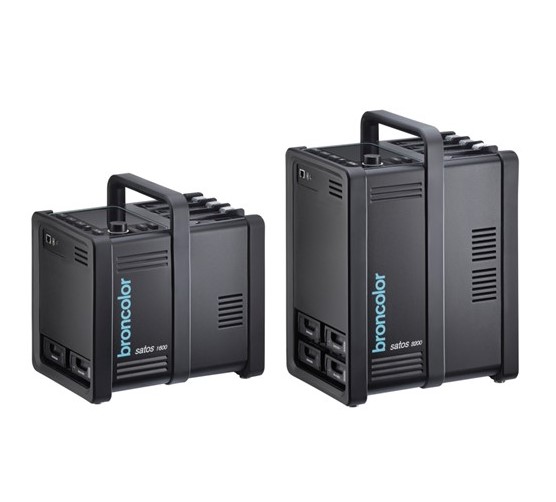 Satos
Satos
-
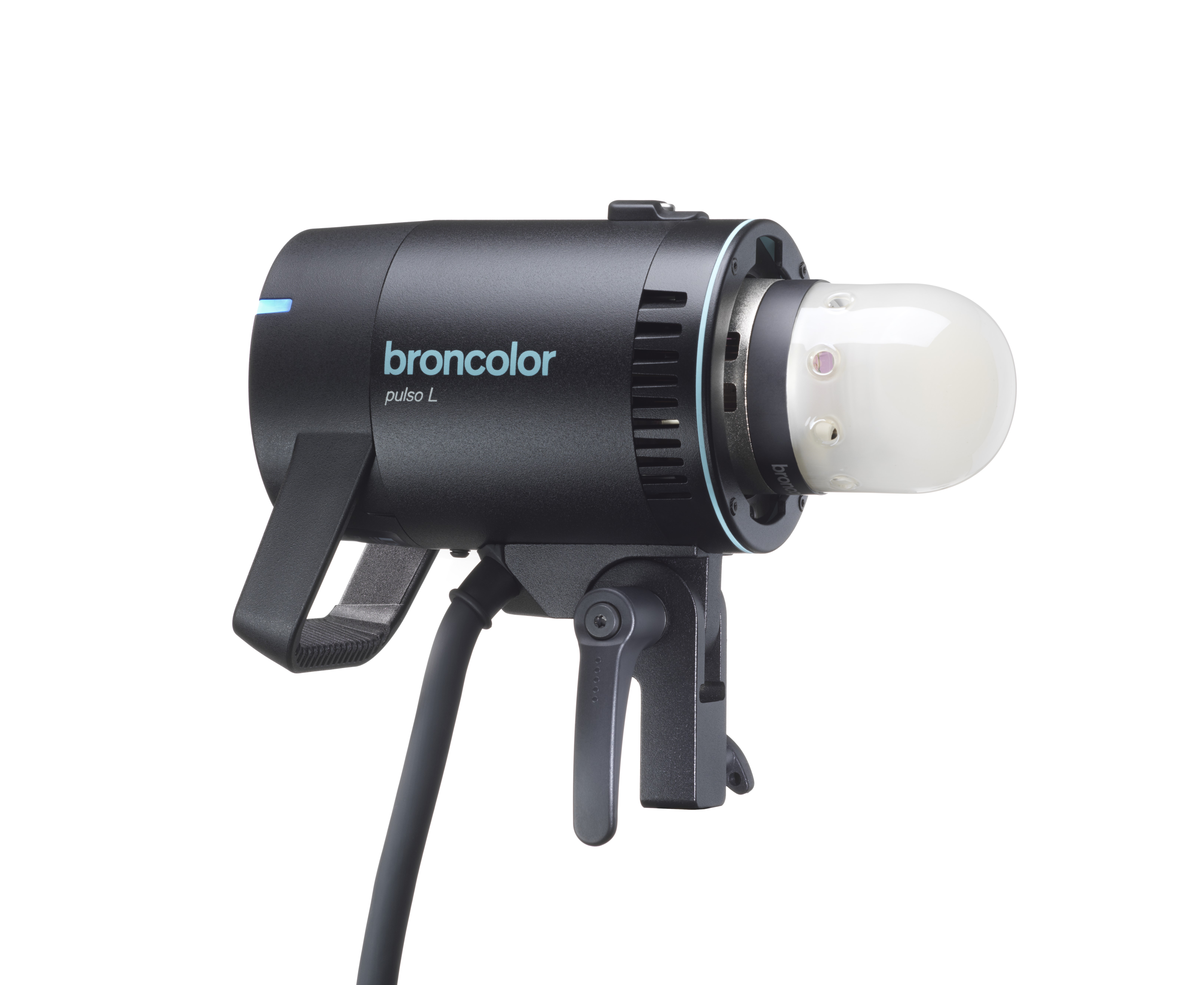 Pulso L
Pulso L
-
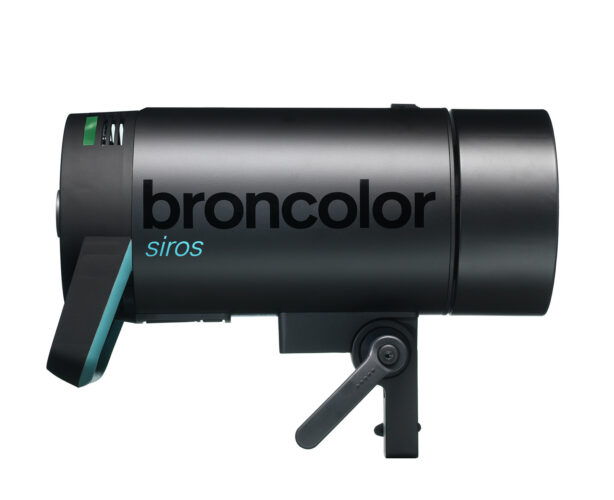 Siros S
Siros S
-
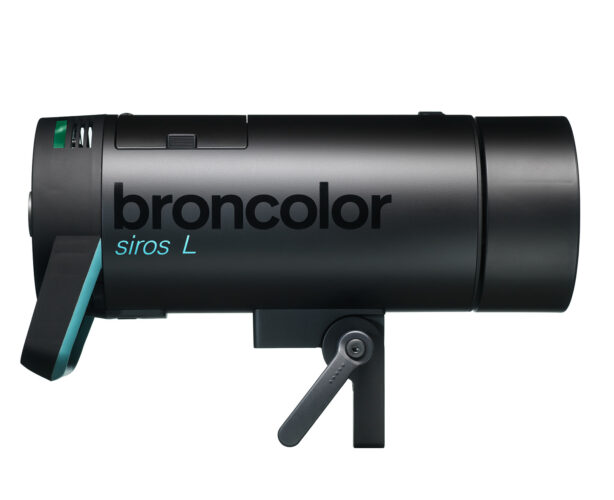 Siros L
Siros L
-
 Scoro E + S
Scoro E + S
-
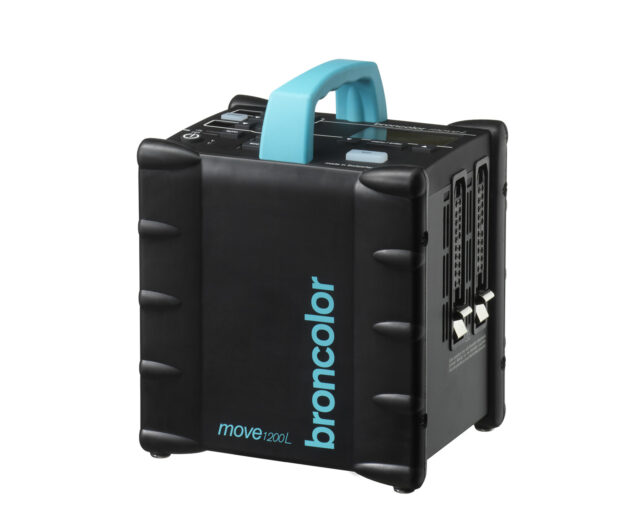 Move 1200 L
Move 1200 L
-
 RFS 2.1
RFS 2.1
-
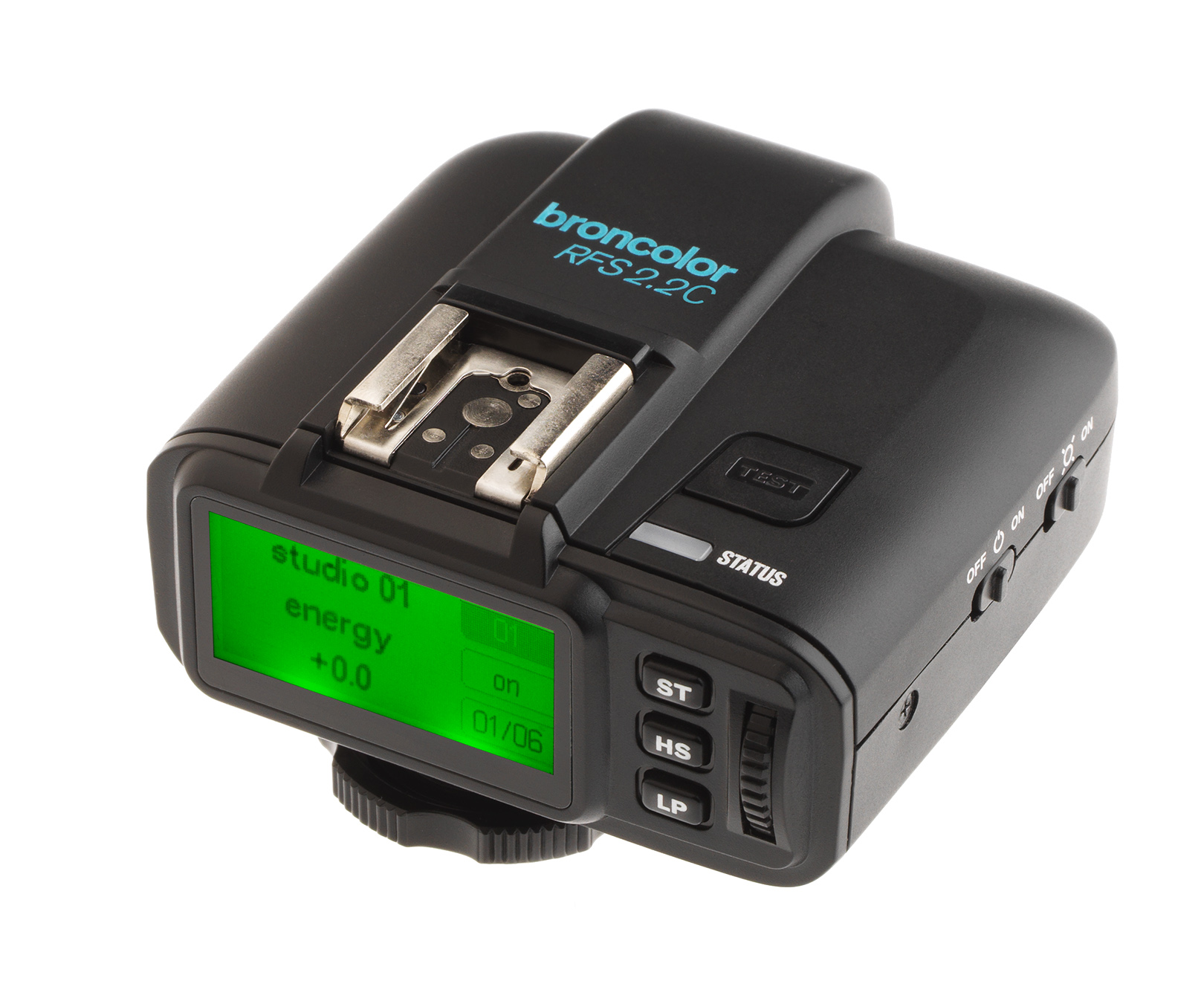 RFS 2.2
RFS 2.2
-
 RFS 3
RFS 3
-
 Pulso G, Unilite and Picolite
Pulso G, Unilite and Picolite
-
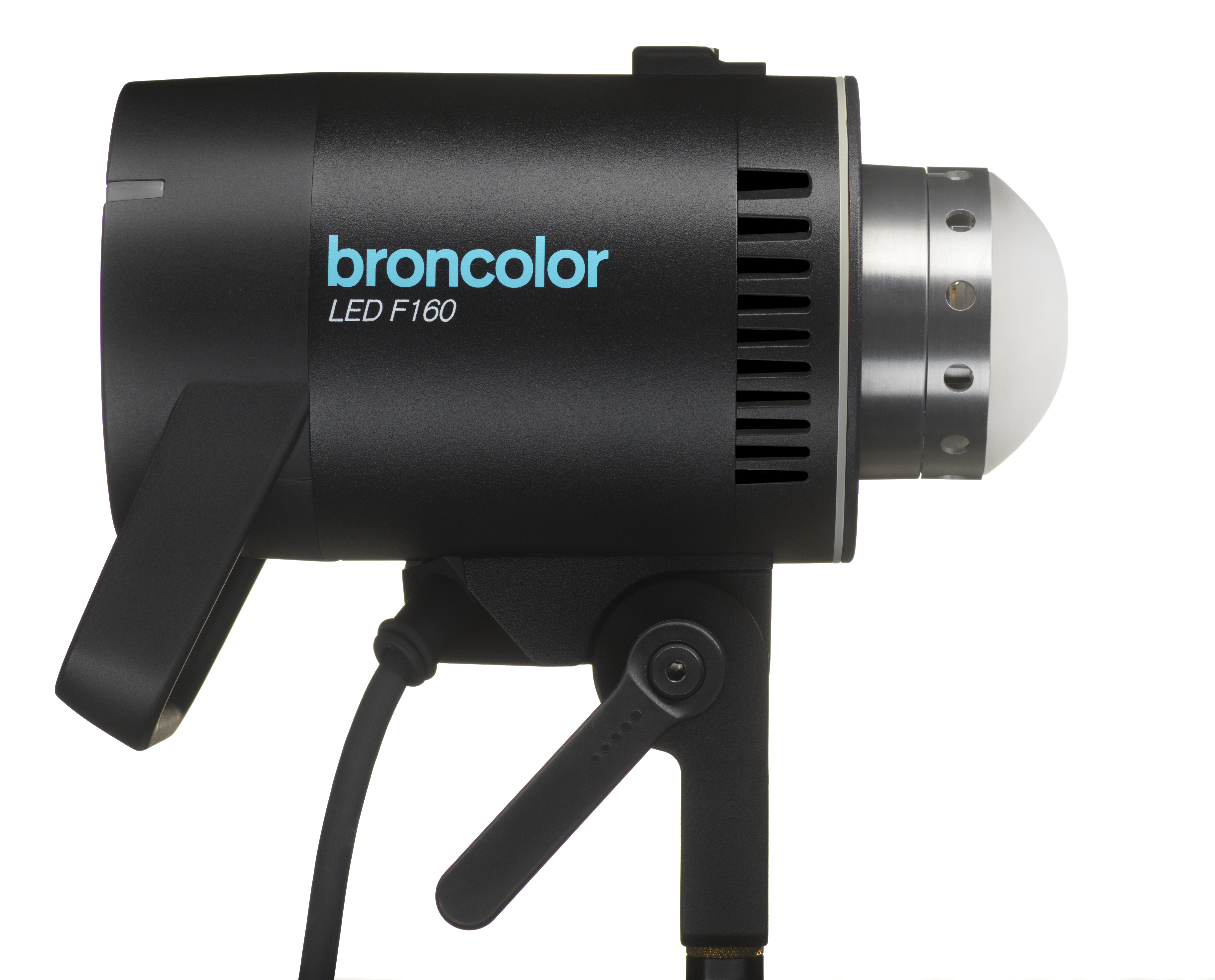 LED F160
LED F160
-
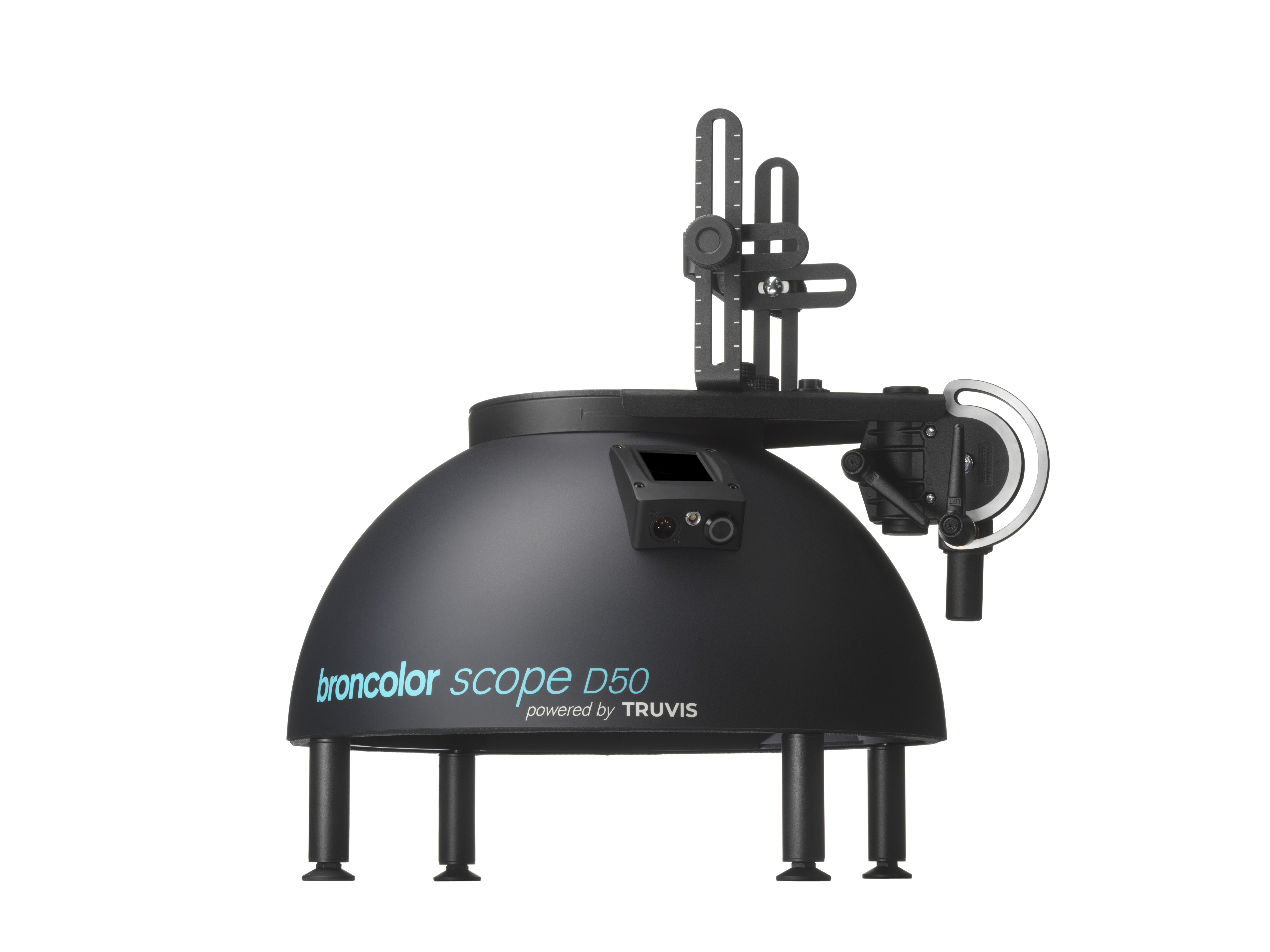 Scope D50
Scope D50
-
Compatibility (Lamp <-> light shaper | Lamp <-> power pack)
-
Locate your distributor or dealer
Main menu view

You can operate the Pulso L in two modes:
-
"Flash Mode" The focus has a blue border
-
"Cont. Mode" The focus has a green border
Depending on the mode, you have access to the following functions:

Applicable to both modes:
In the icon area, this warning pictogram is displayed in case of a malfunction:

• LED too hot → check Fan
• Imbalance of the LEDs current → check LED cluster
• No communication between display circuit and control circuit -> check 4 wire cable
• Voltage is under 26V → try another Satos
If the problem disappears, the icon disappears as well.
The center of the display at the Main Menu level always shows the power.
After 10 minutes without user action, the display switches off ("Sleep Mode"). You can wake it up again by pressing the central press/rotary control.
A long button press on the press/rotary control, when the focus is on power, leads to the Pulso L lamp being switched to the Standby Mode. The display now only shows " -.- ". Button illumination, cognition light, and modeling light turn off.
A renewed quick button press on the press/rotary control wakes the lamp up again.
Applicable to “Flash Mode”
Clicking on the value in the lower left corner opens the following selection list:
t 0.1min
Opt +600 K
Opt +500 K
Opt +400 K
Speed
Opt +200 K
Opt +100 K
Opt. [Default value]
Opt -100 K
Opt. -200 K
Opt. -300 K
High Speed Sync (HSS)
Please select your preferred setting here. The default value here is "Opt", which means that the flash color temperature of the Satos corresponds approx. to daylight (typically 5700 Kelvin). This value also harmonizes with other broncolor equipment, so that different broncolor generators, compact devices and lamps can be easily combined on the set.
In "Speed" flash mode, flash duration t 0.1 and recharging time are significantly reduced. The color temperature becomes slightly cooler, but remains constant over the entire resulting control range.
You can furthermore reduce or increase the color temperature in increments of 100 Kelvin – from "minus 300 K" to "plus 600 K".
The setting "t 0.1 min" causes the shortest possible flash duration. A certain technically caused blue coloration of the flash light must be hereby tolerated.
You can use Satos with High Speed Sync (HSS) – for outdoor applications – with any camera shutter speed, even those that fall below the "shortest synchronization time". The flash exposure time is controlled and extended in such a way that it remains more or less constant during the entire exposure process. In HSS mode, you can adjust the exposure to make the surroundings look more dark and dramatic – but you can still work with a wide open aperture and a shallow depth of field at the same time.
Modeling light
Select from the following options:
«full» |
The brightness of the modeling light is maximal. |
«prop.» |
The brightness of the modeling light is dependent upon the selected flash energy. |
«low» |
The brightness of the modeling light is reduced, which is especially appreciated by people who are in front of the camera. They are less blinded, the gaze becomes more natural, the pupils are normal in size and yet there will still be sufficient light for autofocus systems to work reliably. |
Applicable to "Cont. Mode" (Continuous light mode)
Color temperature
You can set your desired value here in increments of 50 Kelvin between 2800 K and 6800 K.
Green / Magenta correction (color cast)
The control range ranges from -25G to +25G ("G" = green) – limit below 4000 K and above 5000 K.